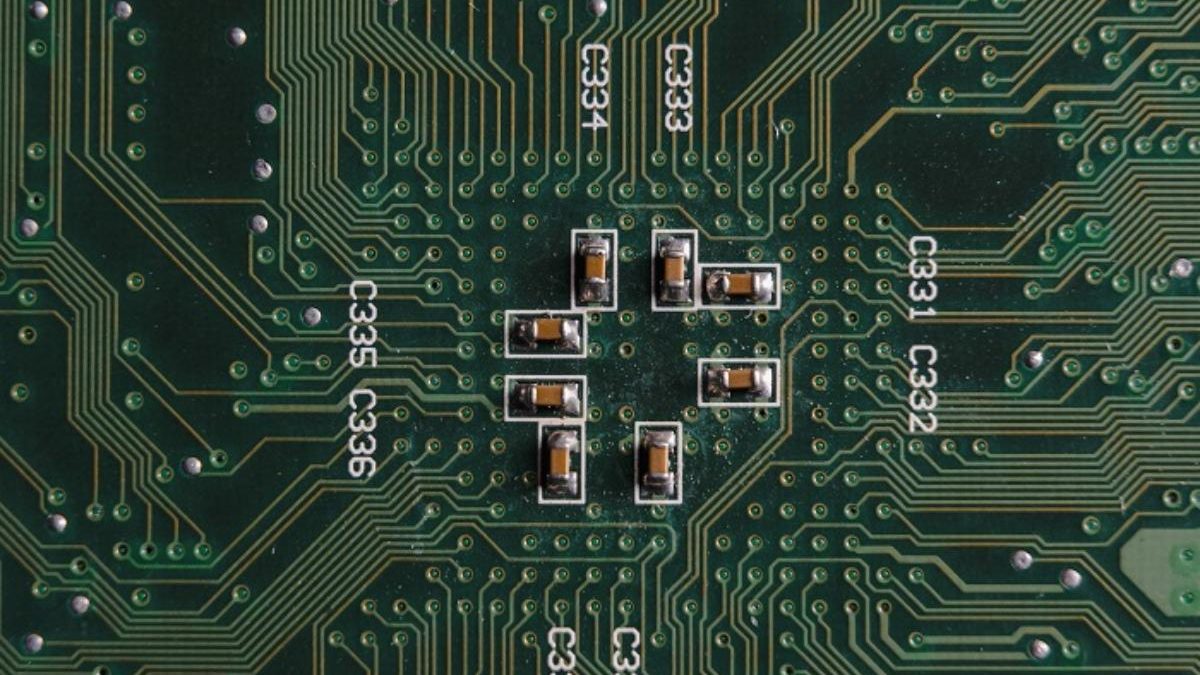Table of Contents
Introduction
In the world of electronics manufacturing, the Surface Mount Process (SMT) is a crucial technique that enables the assembly of components onto printed circuit boards (PCBs) with precision and efficiency. SMT has revolutionized electronics manufacturing, allowing for smaller, lighter, and more reliable electronic devices. But have you ever wondered how many steps are involved in this intricate process? In this blog, we will dive deep into the SMT process, exploring the various stages and highlighting its significance in modern electronics production.
Understanding the Surface Mount Process
The Surface Mount Process, often abbreviated as SMT, is the standard method used for assembling electronic components onto PCBs. This process is in stark contrast to the older through-hole technology, where components had wire leads that passed through holes in the PCB and were soldered on the opposite side. SMT components, on the other hand, are mounted directly onto the surface of the PCB, leading to several advantages, including increased component density, reduced size, and improved electrical performance.
Step-by-Step Breakdown of the SMT Process
The SMT process involves several steps to ensure that electronic components are mounted securely and accurately onto the PCB. Let’s take a closer look at these essential steps:
1. Stencil Printing
The process begins with stencil printing, where solder paste is applied to the PCB through a stencil. This paste acts as an adhesive, holding the components in place during reflow soldering.
2. Component Placement
After the solder paste is applied, a pick-and-place machine is used to accurately position SMT components, such as resistors, capacitors, ICs, and connectors, onto the PCB. These machines are incredibly precise, capable of placing thousands of components per hour.
3. Reflow Soldering
Once the components are in place, the entire PCB is subjected to a reflow soldering process. This involves heating the PCB to melt the solder paste, which then cools to create strong solder joints that secure the components to the board.
4. Inspection
After soldering, the PCB goes through a thorough inspection process to check for any defects or soldering issues. Automated optical inspection (AOI) and X-ray inspection are commonly used methods to ensure quality.
5. Cleaning
In some cases, PCBs are cleaned to remove any residual flux or contaminants left over from the soldering process. Clean boards are essential for ensuring long-term reliability.
6. Testing and Quality Control
Finally, the assembled PCBs undergo functional testing and quality control checks to ensure that they meet the specified performance criteria. Any faulty components or solder joints are identified and addressed at this stage.
The Significance of the Surface Mount Process
The Surface Mount Process has become the industry standard for electronics manufacturing due to its numerous advantages. It allows for smaller and lighter electronic devices, which is especially important in applications like smartphones, laptop, and wearables. SMT also improves manufacturing efficiency by automating many assembly steps, reducing labor costs, and increasing production throughput.
Conclusion
In the world of electronics manufacturing, the Surface Mount Process (SMT) is a fundamental technique that has revolutionized the way electronic components are assembled onto printed circuit boards. This process involves a series of precise steps, including stencil printing, component placement, reflow soldering, inspection, cleaning, and testing. By following these steps meticulously, manufacturers can produce high-quality electronic devices that are both compact and reliable. For more information on the surface mount process, check here.
In today’s rapidly advancing technology landscape, the Surface Mount Process plays a critical role in producing the innovative electronic products that have become an integral part of our daily lives. Whether you are a consumer of electronics or someone interested in the manufacturing process behind these devices, understanding SMT is essential in appreciating the complexity and precision involved in modern electronics production.

